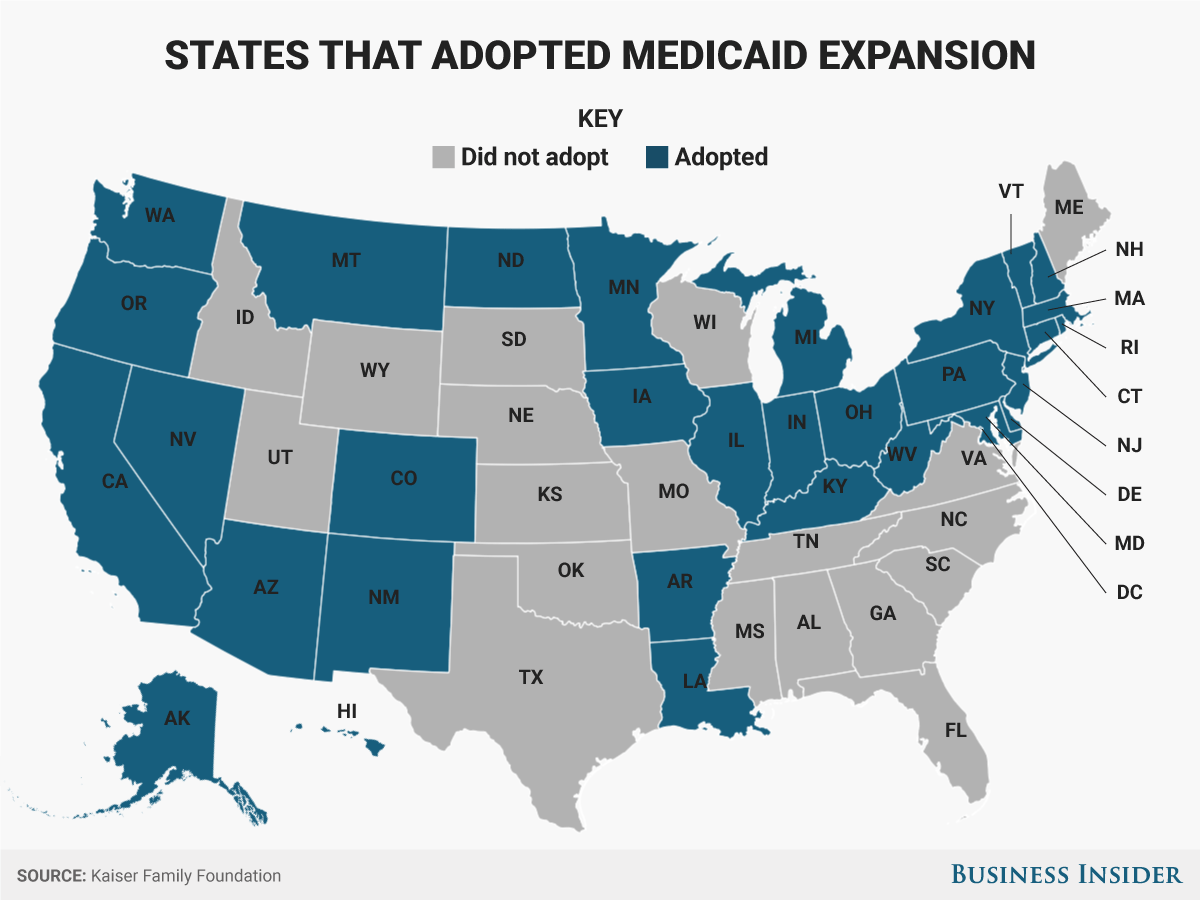Senate Republicans have released their version of a plan to repeal and replace Obamacare.
The Senate’s plan, like one passed by the House of Representatives, rolls back many of the provisions of Obamacare, including taking deep cuts from Medicaid program.
Under Obamacare, formally known as the Affordable Care Act, states were eligible to expand their Medicaid programs – providing health insurance to low-income people. For states that opted into the expansion, people whose household incomes were up to 138% of the federal poverty level could qualify for coverage.
Under the Senate’s bill, titled the Better Care Reconciliation Act, that expansion would be phased out, meaning those who gained coverage through the expansion would be without once again, though they could access coverage through the individual insurance market.
To get a better sense of what that would mean on a state-by-state basis – and who might be hardest-hit by a rollback – we charted out some of the key aspects of Medicaid and the expansion under the ACA.
As of 2017, 31 states and Washington, D.C. adopted the Medicaid expansion.
Through that expansion, millions have gained coverage. Here's a look at the rate of enrollment per 100,000 people of adults in each state who gained coverage under the expansion in the first quarter of 2016 alone. Under the Senate bill, these enrollees would no longer be covered after 2023.

The bill also scales back federal funding for Medicaid - which is more than half the spending for the program at the state level. That would leave states - which also fund the program - with fewer resources. Here's a breakdown of the percentage of federal funding each state receives, with those in dark blue receiving the most support. Ultimately it's these dark blue states that are most likely to feel the cuts being proposed by Republicans.

